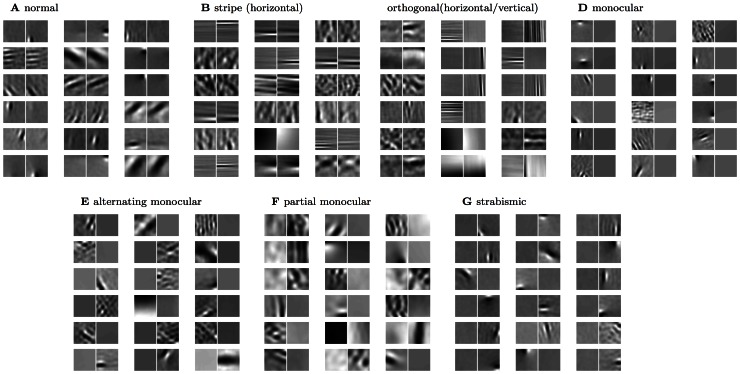Figure 1. Example receptive fields (PoE model).
Representative examples of the V1 receptive fields over both eyes that result for the PoE model (lower 18 pairs). Subsequent figures quantify the changes in receptive field structure and distribution induced in each rearing condition. See table 1 for a summary of the receptive field changes seen experimentally for each condition. We model rearing with (A) normal (unfiltered) visual input, (B) stripe rearing, i.e. a single dominant orientation (in this case horizontal), (C) orthogonal stripe rearing, i.e. dominant orientations differing by 90 degrees between the two eyes (in this case horizontal and vertical), (D) monocular deprivation, i.e. one eye occluded, (E) one eye occluded but alternating the eye randomly during training, (F) one eye occluded most of the time, and (G) artificial strabismus (direction of gaze offset between the two eyes).

